ANY-maze is designed to run on a Windows PC. However, you can run it under Windows on an Apple Mac, using Parallels, which creates a ‘virtual machine’ to run it in. We don’t officially support this, and there are some known issues with doing so. In fact, ANY-maze will display a message at startup warning you about the potential problems.
The biggest problem comes under the following conditions:
- You have your ANY-maze experiment files stored in the Mac filesystem (e.g., Macintosh HD > Users > [username] > Desktop) rather than the Windows filesystem (e.g., C:\Users\[username]\Desktop).
- You load an experiment file that was originally saved in an earlier version of the ANY-maze software.
Under these conditions, ANY-maze will attempt to convert the file to work with the newer version of the software, but the file will become corrupted and no longer usable.
The simplest way to avoid this problem is not to try to use ANY-maze files directly from your Mac filesystem, but to copy the files into the filesystem of the Windows Virtual machine (for example, Windows’ “Documents\ANY-maze” folder, which is where ANY-maze looks for experiment files by default).
If you’ve already got a file that was stored on the Mac filesystem, and it has become corrupted as described above, it should be possible to recover your data as follows:
- Use the Windows File Explorer to open the folder containing the corrupted experiment file.
- Within this folder there may be several copies of the file in question – for example: “My experiment.szd”, “My experiment – backup 1.szk”, “My experiment [Before conversion].szd”
- Rename the first of these files (the file that has become corrupted) to something like “My experiment (corrupted).szd”. You’ll probably be able to delete this later; for now, you’re just renaming it as a backup copy.
- Rename the last of these files (“… [Before conversion].szd”) to give it the original experiment’s name (i.e., “My experiment.szd”).
- Move this file into a folder on the Windows filesystem of the virtual machine that Windows is running in.
Once the file is on the Windows filesystem, within the Windows virtual machine, you can then load it into ANY-maze. This will convert the file on the Windows virtual machine’s filesystem, and should convert the file correctly. Once you’ve done this, you can delete the corrupted file which you renamed in step 2 above, as it’s no longer needed.
If you’d like more help with this, or the instructions above aren’t clear, then just contact ANY-maze support ([email protected]) for further assistance.

 Setting up apparatus
Setting up apparatus Video capture & tracking
Video capture & tracking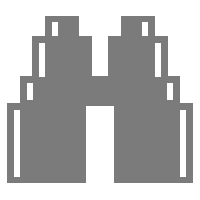 Observing behaviour
Observing behaviour Connecting equipment
Connecting equipment Automating complex tests
Automating complex tests Running tests
Running tests Results
Results Visualising data
Visualising data Analysis
Analysis Transferring data
Transferring data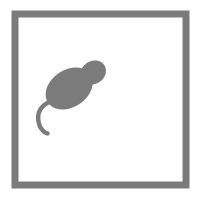 Open field
Open field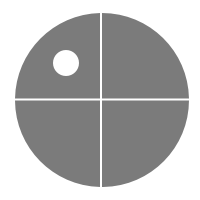 Water-maze
Water-maze Y-maze
Y-maze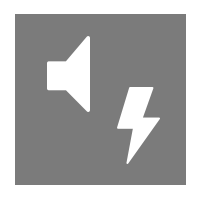 Fear conditioning
Fear conditioning Novel object
Novel object Barnes maze
Barnes maze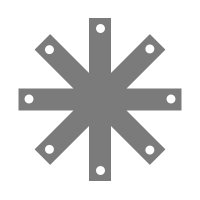 Radial arm maze
Radial arm maze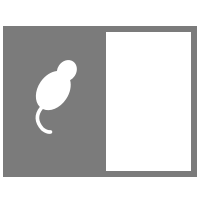 Light/dark box
Light/dark box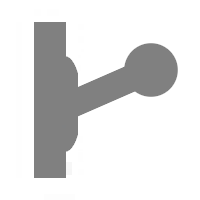 Operant conditioning
Operant conditioning Zebrafish
Zebrafish Computers
Computers Multifunction remote
Multifunction remote Accessories
Accessories Digital interface
Digital interface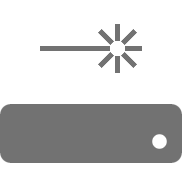 Optogenetic interface
Optogenetic interface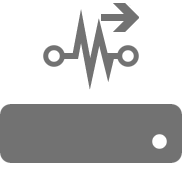 Synchronisation interface
Synchronisation interface Relay interface
Relay interface Audio interface
Audio interface Touch interface
Touch interface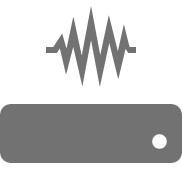 Analogue interface
Analogue interface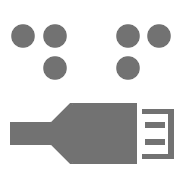 USB TTL cable
USB TTL cable Animal shocker
Animal shocker Components
Components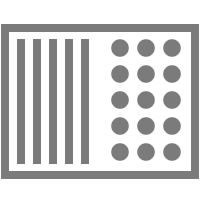 Place preference
Place preference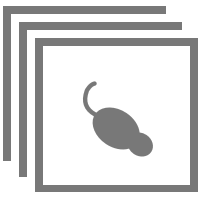 ANY-box
ANY-box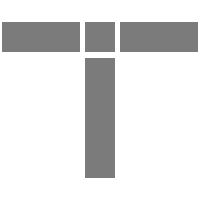 T-maze
T-maze Zero maze
Zero maze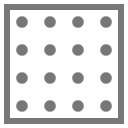 Hole board
Hole board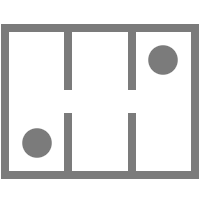 Sociability cage
Sociability cage OPAD
OPAD RAPC
RAPC Waterwheel forced swim test
Waterwheel forced swim test Thermal gradient ring
Thermal gradient ring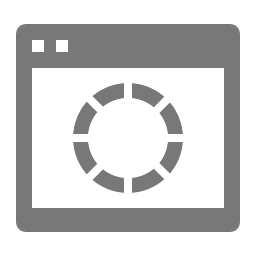 Operon
Operon Activity Wheel
Activity Wheel Full ANY-maze licence
Full ANY-maze licence Other licence types
Other licence types Developing countries licence
Developing countries licence Contact support
Contact support Support Policy
Support Policy FAQs
FAQs Guides
Guides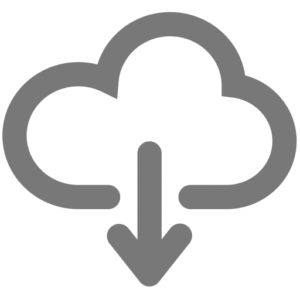 Downloads
Downloads Send us files
Send us files Activate a licence ID
Activate a licence ID Contact us
Contact us Blog
Blog About
About Testimonials
Testimonials Privacy Policy
Privacy Policy